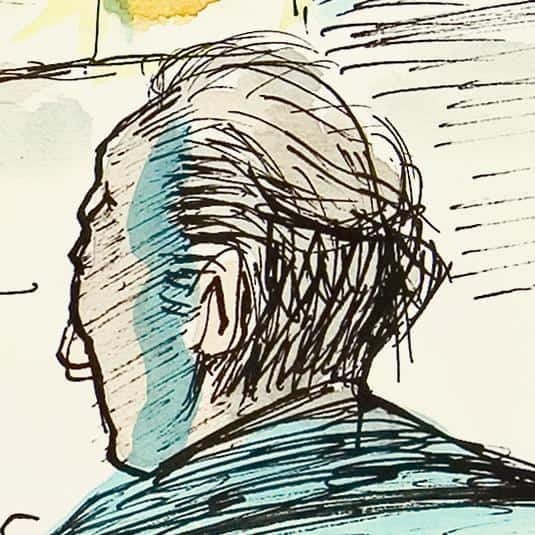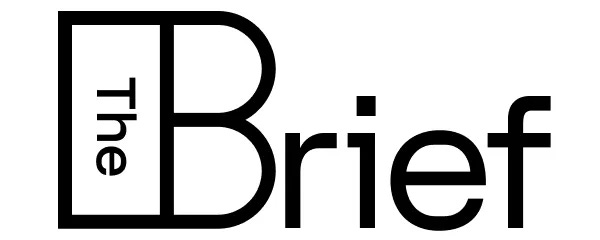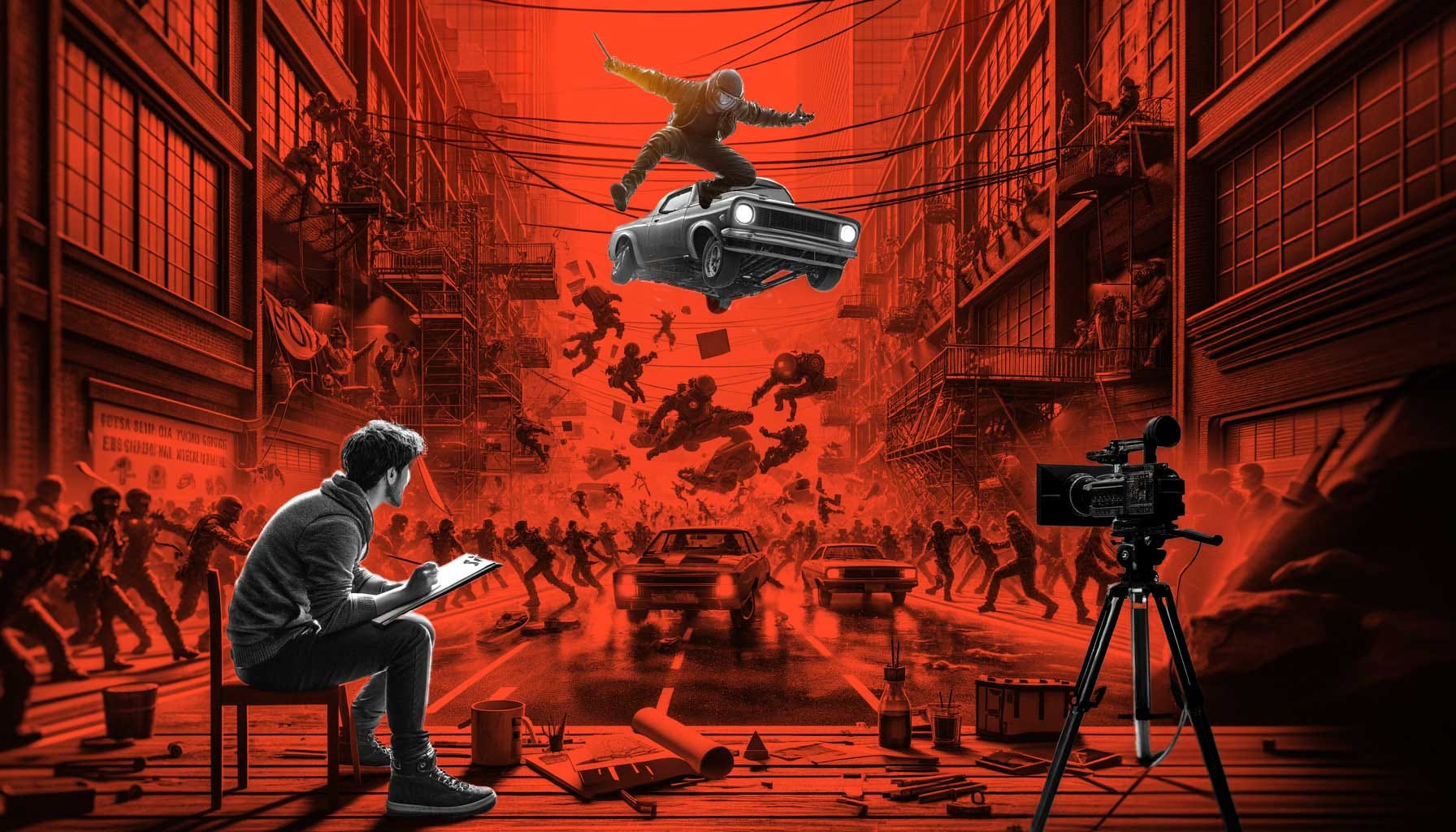The Brief: What designers can learn from filmmakers
The monthly dispatch from Design Better.
In this issue of The Brief:
What designers can learn from filmmakers
Using NotebookLM to research this article
Things to watch, read, and explore
If you’re like us, you may be on the hunt for a last-minute gift for the creative people in your life. Why not give the gift of education and inspiration by gifting a year-long subscription to Design Better Premium? We’ve even made a 🎁 handy gift card that you can send virtually, or print out and mail, or gift in person.
What designers can learn from the creative minds behind Everything Everywhere All at Once, Spider-Man: Into the Spider-Verse, and Crazy Rich Asians
by Eli Woolery

The first time I saw a movie that captured the essence of being in a dream was Federico Fellini’s opening scene from 8 ½, where the protagonist is stuck in a nightmarish and surreal traffic jam, and escapes by floating away, only to be tugged down like an errant kite at the end.
A critical component of Fellini’s creative success was his ability to draw from other disciplines. He was a cartoonist, and often sketched his characters out prior to production. As fellow director (and Monty Python co-creator) Terry Gilliam put it:
Fellini was a cartoonist, I was a cartoonist. We both came from the same background. Which means you look at the world and you stretch it, you pull it, you distort it.
—Terry Gilliam
As designers, we can draw lessons from creative disciplines like filmmaking to make our own work better. Here are a few examples from our recent interviews with a costume designer, film score composer, and production designer.
Embrace constraints
Growing up in the 80’s, I was obsessed with Star Wars—not unusual for a kid of that era. Part of what drew me to it was the battered, lived-in feeling of the costumes and sets…this seemed to be a world that could have existed a long time ago, in a galaxy far away.
So I was more than mildly disappointed by 1999's Phantom Menace…it wasn’t just the poor writing and terrible supporting characters (Jar Jar Binks!), but it felt too glossy and perfectly produced to have the same authenticity as the original series.
What changed in the intervening years? I’d argue that George Lucas lost the constraints that made his first films compelling, namely the limited budgets (and limited technology) that forced him to find creative solutions to filmmaking challenges. Shirley Kurata, costume designer for Everything Everywhere all at Once, made an argument for the importance of constraints in creativity in our recent interview with her.
I like having those limitations because it narrows the focus…I think it's really more fun and challenging…trying to find a way where you could use existing pieces…or creating costumes that work with existing costumes as we're combining it. There's lots of ways of doing things where it looks way more expensive than it is. And I think that's part of the challenge of being a costume designer is trying to find these solutions.
Constraints are important in film scores as well. Composer Brian Tyler, who has worked on film and television projects like Yellowstone, Crazy Rich Asians, Mario Brothers, and many others, intentionally sets restrictions for himself, such as limiting the range of instruments or recording techniques he uses.
I'll give myself the five restrictions…you want to find a tonal palette. So sometimes I'll do a film, like Escape Room…because of the tone of what that is, I'm only going to use synthesis— but outboard synthesizers that [date from] 1983 back to 1972.
But instrumentation-wise, it is very clear what that limitation would be…Crazy Rich Asians, where it was jazz and a traditional score, I want it to be where that's a score I could have recorded in 1940.
The restrictions…open up a creativity flow that is, to me, very, very necessary.”
Embracing constraints in the design process can mean the difference between Jedi-like execution, and Jar-Jar level failure. Here are a few ways to use constraints in your design process:






